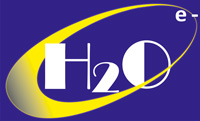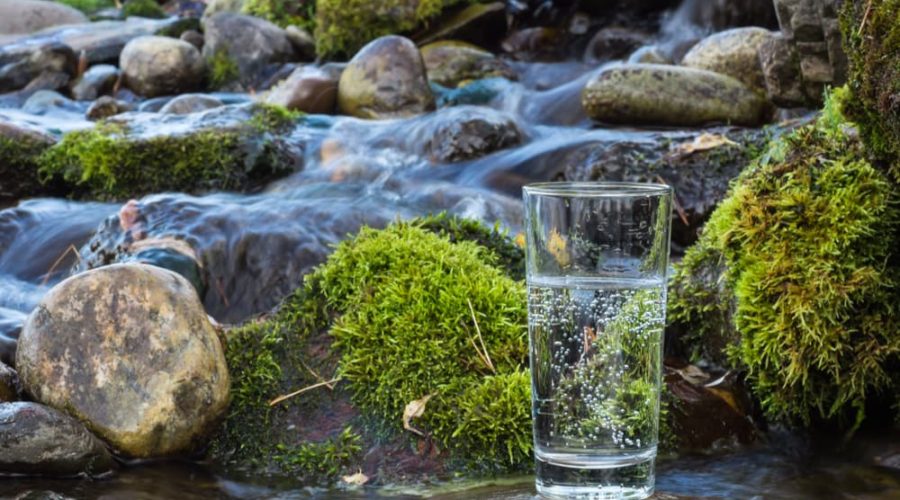CR PERMITTING AND LEGAL
Water supplies from natural sources are regulated under Minae’s Department of Water. A water concession is the permit “required” for the use of natural ground water resources, be they from a spring, a stream or river, or from a bored well. Shallow hand dug wells are exempted, unless they are for commercial exploitation and particularly if they are maritime. Rainfall capture systems are not on the domestic radar. They are not even considered acceptable water supplies for residential building permits. Septic systems are regulated under the municipal building permit umbrella, which presumes passage through the Colegio de Arquitectos e Ingenieros review for technical competence.
All development activities pass in their initial stages through environmental permitting, which is regulated by SETENA. Most projects require a D-1 environmental evaluation, which for many large projects, including hydro, will require an environmental impact statement. Even for bored wells and all water concession applications greater than 0.5 gpm, a D-1 is required. The D-1 in essence is an application to pass environmental muster without requiring a costly EIS. For residential water supply and for power distribution less than 1 km, the less arduous D-2 is the prevailing environmental permit.
Infrastructure for water systems requires municipal building permits only in the case of large tanks. Pipelines and water intakes and the miscellany of distribution system do not require building permits.
Permitting for nearly all projects at some level involves both national and municipal applications. At OWW we count on environmental permitting, legal, electrical and civil engineering, and municipal consulting partners to shepherd permits that are needed.

